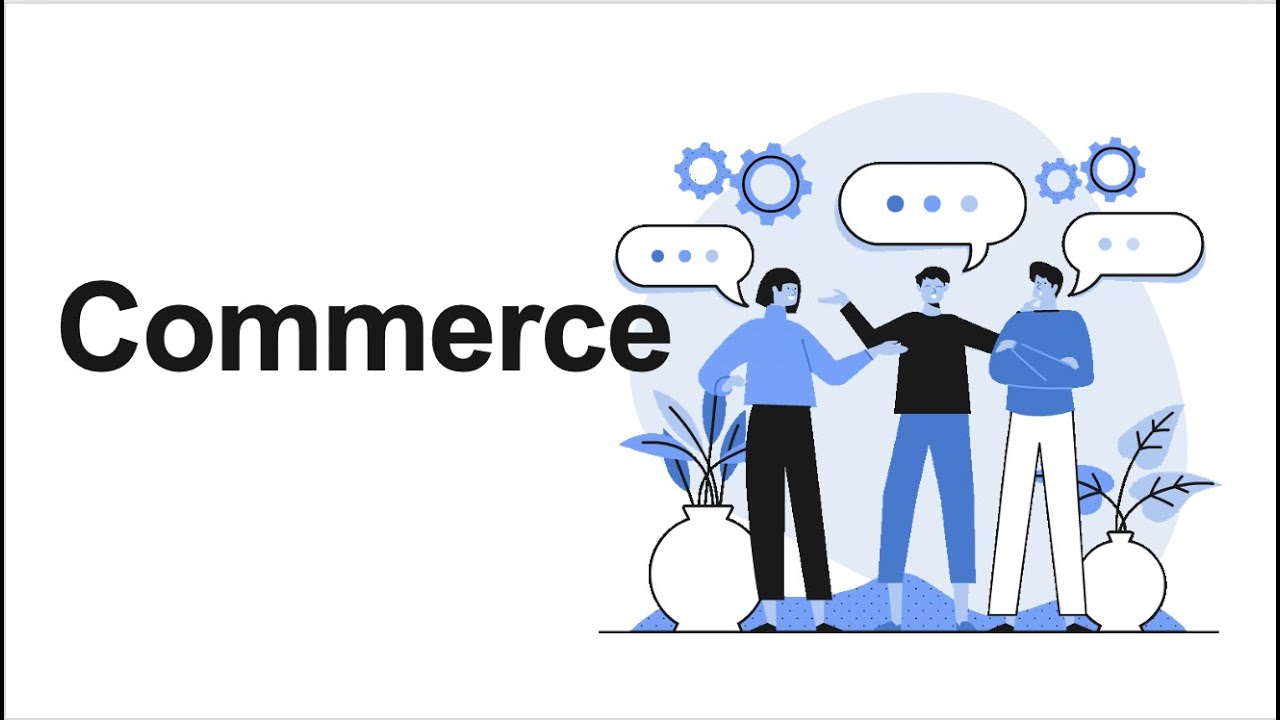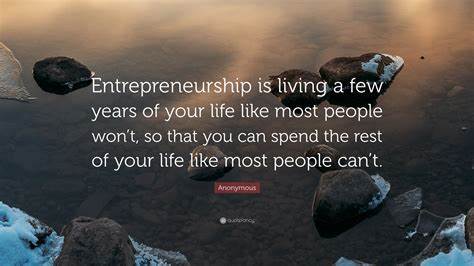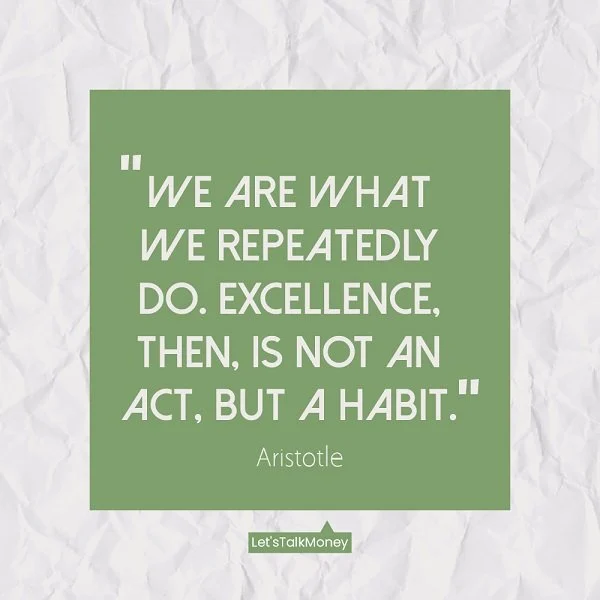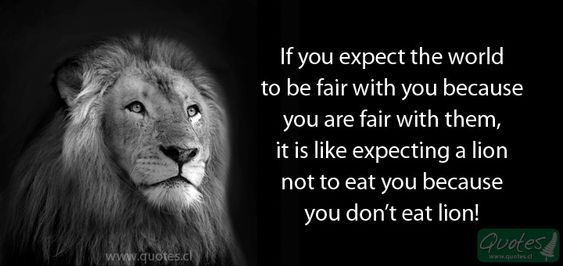Marketing refers to the activities and processes that companies use to promote, advertise, and sell their products or services. It involves understanding customer needs and preferences, creating and communicating value, and building relationships to capture and retain customers.
- What is the marketing mix often referred to as?
- A) 4 Ps
- B) 3 Rs
- C) 2 Ms
- D) 5 Cs
- Which concept emphasizes making products that the company can produce efficiently, rather than products that the market demands?
- A) Production concept
- B) Product concept
- C) Selling concept
- D) Marketing concept
- SWOT analysis is used to assess:
- A) Customer demographics
- B) Market competition
- C) Internal strengths and weaknesses
- D) Market segmentation
- Which stage in the product life cycle focuses on heavy promotional activity to create awareness?
- A) Introduction
- B) Growth
- C) Maturity
- D) Decline
- What does ROI stand for in marketing?
- A) Return on Investment
- B) Rate of Interest
- C) Revenue on Investment
- D) Return of Income
- Which marketing strategy involves setting high initial prices to capitalize on early adopters?
- A) Penetration pricing
- B) Skimming pricing
- C) Cost-plus pricing
- D) Discount pricing
- Which marketing metric measures the percentage of visitors who take a desired action on a website?
- A) Click-through rate (CTR)
- B) Conversion rate
- C) Bounce rate
- D) Engagement rate
- The process of dividing a market into distinct groups based on different characteristics is known as:
- A) Targeting
- B) Segmentation
- C) Positioning
- D) Differentiation
- In the context of the marketing mix, which P refers to the methods used to bring a product to the consumer?
- A) Price
- B) Promotion
- C) Place
- D) Product
- Which stage in the consumer decision-making process involves evaluating alternative products or brands?
- A) Need recognition
- B) Information search
- C) Evaluation of alternatives
- D) Purchase decision
- What does CRM stand for in marketing?
- A) Customer Relationship Management
- B) Consumer Retention Model
- C) Consumer Response Management
- D) Customer Reach Metrics
- Which type of marketing involves promoting products or services to other businesses?
- A) B2C marketing
- B) C2C marketing
- C) B2B marketing
- D) P2P marketing
- A marketing strategy focused on expanding the sales of existing products to new markets is called:
- A) Market penetration
- B) Market development
- C) Product development
- D) Diversification
- Which component of the marketing mix refers to all the activities that communicate the value of a product to customers?
- A) Place
- B) Price
- C) Promotion
- D) Product
- What is the term for a market strategy where a company targets a small segment of a larger market with specialized products or services?
- A) Niche marketing
- B) Mass marketing
- C) Targeted marketing
- D) Global marketing
- A SWOT analysis assesses which of the following?
- A) Strengths, weaknesses, opportunities, and tactics
- B) Strengths, weaknesses, opportunities, and threats
- C) Strengths, weaknesses, opportunities, and timelines
- D) Strengths, weaknesses, opportunities, and trends
- Which of the following refers to the total market demand for a product or service over a specific period and under normal conditions?
- A) Share of market
- B) Market growth rate
- C) Market potential
- D) Market saturation
- In marketing, what does USP stand for?
- A) Unique Sales Proposition
- B) Universal Selling Point
- C) Unique Selling Proposition
- D) United Sales Position
- Which stage in the product life cycle typically experiences a rapid increase in sales?
- A) Introduction
- B) Growth
- C) Maturity
- D) Decline
- What marketing concept focuses on delivering superior value to a carefully chosen target market?
- A) Production concept
- B) Selling concept
- C) Marketing concept
- D) Product concept
Below Are the answers to the above questions. Comment with your answer suggestion if you are not satisfied with the ones listed below. 1. A) 4 Ps 2. A) Production concept 3. C) Internal strengths and weaknesses 4. A) Introduction 5. A) Return on Investment 6. B) Skimming pricing 7. B) Conversion rate 8. B) Segmentation 9. C) Place 10. C) Evaluation of alternatives 11. A) Customer Relationship Management 12. C) B2B marketing 13. B) Market development 14. C) Promotion 15. A) Niche marketing 16. B) Strengths, weaknesses, opportunities, and threats 17. C) Market potential 18. C) Unique Selling Proposition 19. B) Growth 20. C) Marketing concept






























